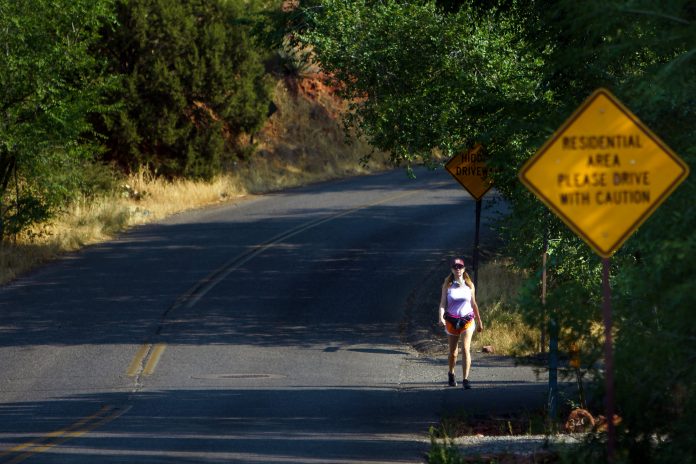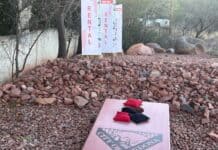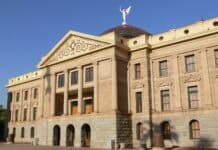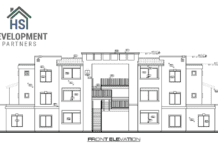
Sedona is known for its outdoor activities; no one can argue with that. But the desire to get out and walk or bike in the area isn’t something limited to just visitors.
As a way to improve on these outdoor activities, the city of Sedona has created its Get Outside — or GO — Sedona Plan to make walking and biking in Sedona a safe, enjoyable experience with convenient connections between destinations.
Read the 40-page draft plan by clicking here.
The staff-generated plan was presented to the Sedona Planning and Zoning Commission on Aug. 18, with the final version going before the Sedona City Council at a later date.
“This was a citizen-focused plan,” Senior Planner Cynthia Lovely said. “We didn’t survey tourists. All the feedback we received was from residents. I say that because there’s been some people saying, ‘This is just a tourism plan’ and that’s really not the case. Obviously tourists will use it, and that’s fine, because we prefer they bike or walk instead of driving. But the focus — when we met with people — was how to ask what their needs were and how they’d use this.”
According to the plan, to gauge budget priorities, a 2020 survey of residents found that 68% of respondents were in support of allocating additional funding for walking and biking improvements. When asked to rank three topics by priority, the results were transit as number one, followed by walking and biking improvements and then housing.
“Development in Sedona did not happen with walking and biking in mind. It developed as a rural community with incremental, unplanned growth before incorporation in 1988. Most neighborhoods have no sidewalks and for those that do, sidewalks are on only one side of the street,” the plan states. “The main thoroughfares are [State Road] 89A and 179, which are hard to avoid due to the lack of alternate routes or the need to cross them.”
It goes on to state, “If more people are to ride their bikes, Sedona needs a connected network of routes where bicyclist and pedestrian safety is the highest priority. This can be done with signage, traffic calming features, separated pathways, additional maintenance and new connections.”
City staff created a map of refined, potential pedestrian and bicycle improvements based on feedback from the GO Sedona work group, comprised of Sedona residents from a variety of neighborhoods. They also used Wikimapping, an online, interactive map that allowed everyone to suggest routes and denote problem spots, and focus groups to get more detailed input on walking and biking issues.
Resident surveys have shown that increasing the walkability and bikeability of Sedona is at the top of the list of what residents would like the city to invest in, staff said.
This also reflects in the goals of the voter-approved Sedona Community Plan, which included encouraging active and healthy lifestyles, improving community connections, walkability and better traffic flow.
The city’s Transportation Master Plan also called for walking and biking improvements to help address traffic congestion in Sedona. The GO Sedona Plan will provide the details of what, where and how to make it happen.
The goals of the GO programs to improve connectivity and mobility include:
—Reduce traffic by increasing the number of people walking and biking instead of driving.
—Connect community destination points with safe and convenient routes for walking and biking.
—Ensure that residents can walk or ride from their neighborhood to city parks and National Forest system trails.
—Provide an equitable distribution of trailhead parking throughout the city to reduce impacts of trailhead parking on any one location.
—Improve connectivity and provide shortcuts for walking and biking, especially in areas that are lacking in street connectivity.
“Once we begin building next year’s fiscal budget, we will take this plan with input from the budget committee into consideration and build a proposed capital improvement plan based on all the input, and then begin presenting that to council,” City Engineer Andy Dickey said.




















